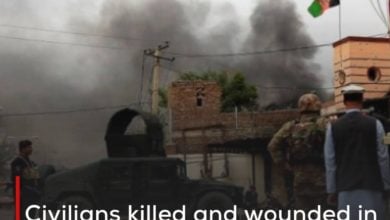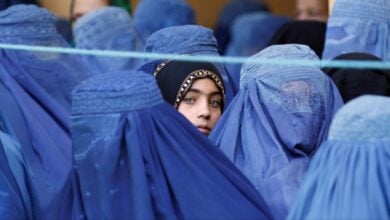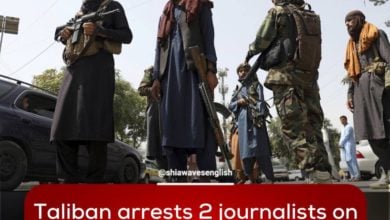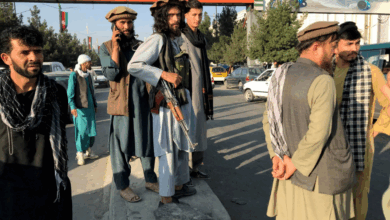Afghanistan Faces Deepening Humanitarian, Rights, and Media Crisis Amid Taliban Restrictions and Mass Child Returns
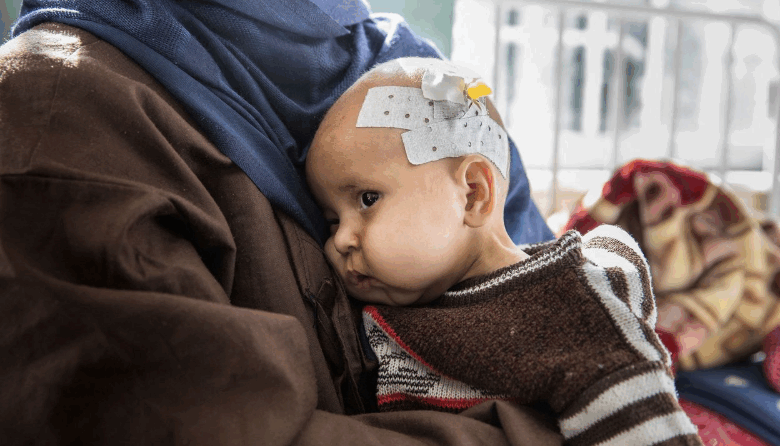
Four years into Taliban rule, UN Women warns Afghanistan is closer than ever to becoming a society where women are entirely erased from public life. Nearly 100 edicts since 2021 have restricted women’s education, work, movement, and dress — leaving 78% of women outside education, employment, or training. The Taliban has barred women from working with NGOs and the UN, enforced strict dress codes, and banned their presence in many public spaces. UNAMA reports explicit death threats against Afghan women working for the UN, which the Taliban denies while pledging an investigation.
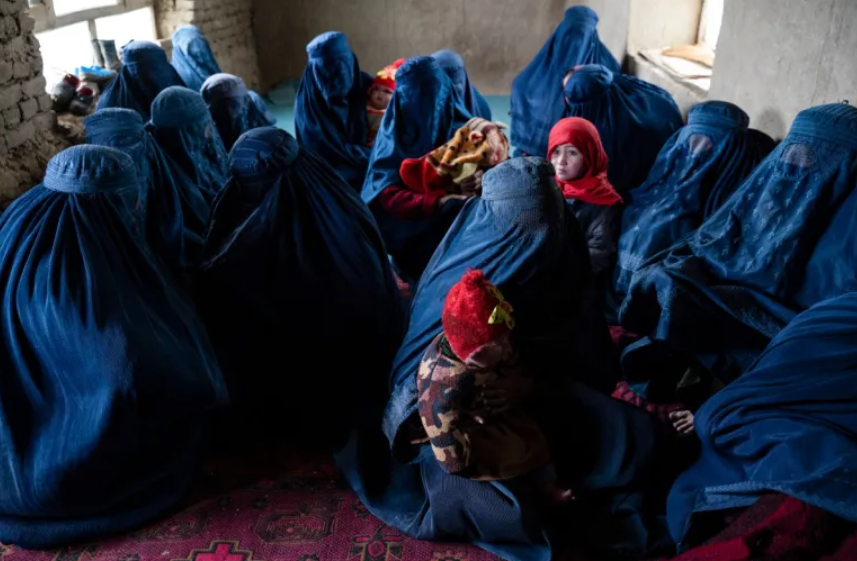
Since 2021, 1.4 million girls have been deprived of schooling. The International Criminal Court (ICC) recently issued arrest warrants for senior Taliban leaders for gender-based persecution, including deprivation of fundamental rights. The Taliban rejected the allegations, refusing to recognize the court’s authority and criticizing its focus on Afghanistan.
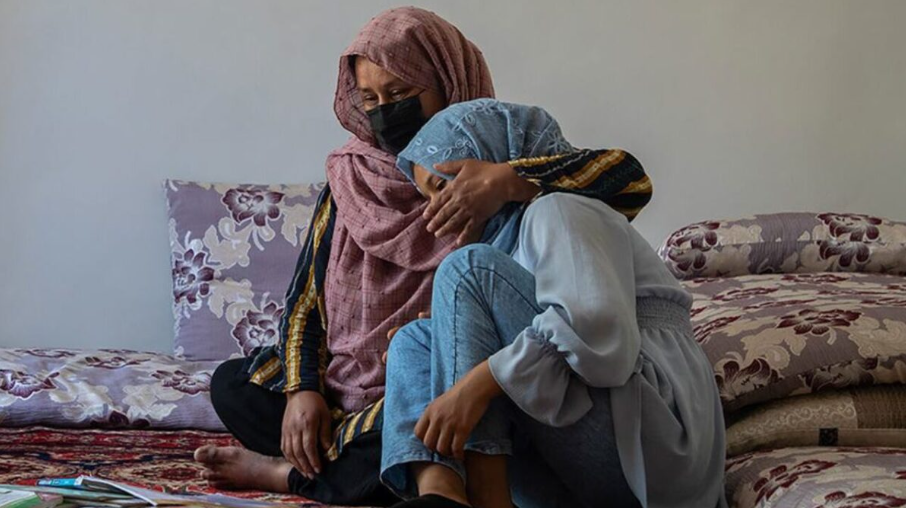
The humanitarian situation is compounded by a migration crisis. Save the Children reports more than 800,000 children have returned from Iran and Pakistan this year — one every 30 seconds — many unaccompanied and unfamiliar with Afghanistan. Arriving in a country where nearly half the population needs aid and one in five children faces acute hunger, these returnees face homelessness, joblessness, and growing risks from climate-driven drought.
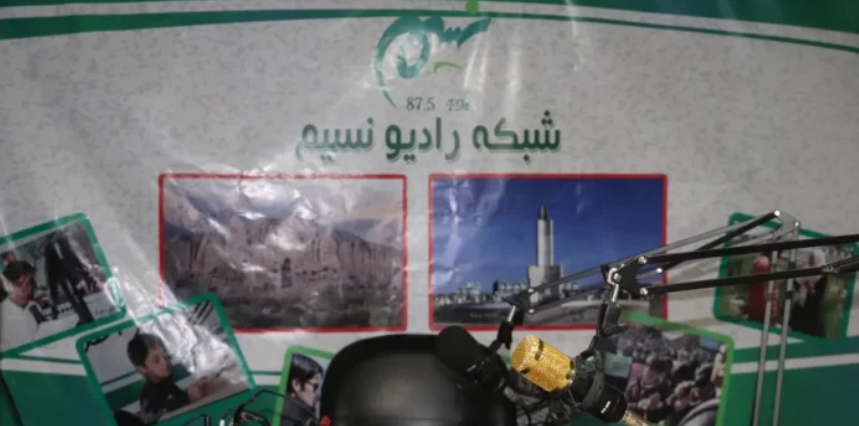
Meanwhile, Afghanistan’s independent media continues to shrink. Nasim Radio, a major broadcaster in Bamyan and Daikundi, has suspended operations after 13 years, reflecting growing pressures on local journalism.
Humanitarian agencies warn that without urgent international funding, regional cooperation, and pressure to restore women’s rights, the brunt of Afghanistan’s crisis will be borne by its most vulnerable — women and children.


